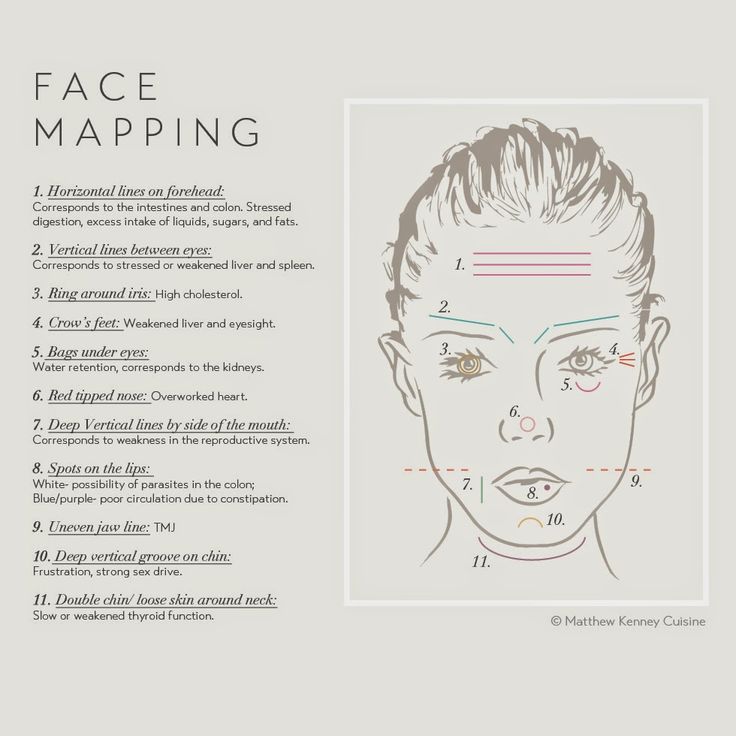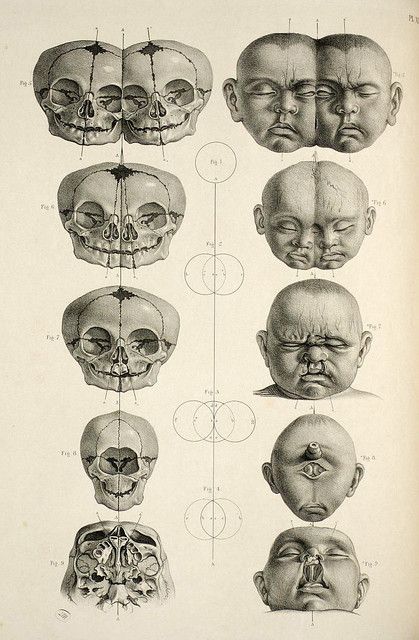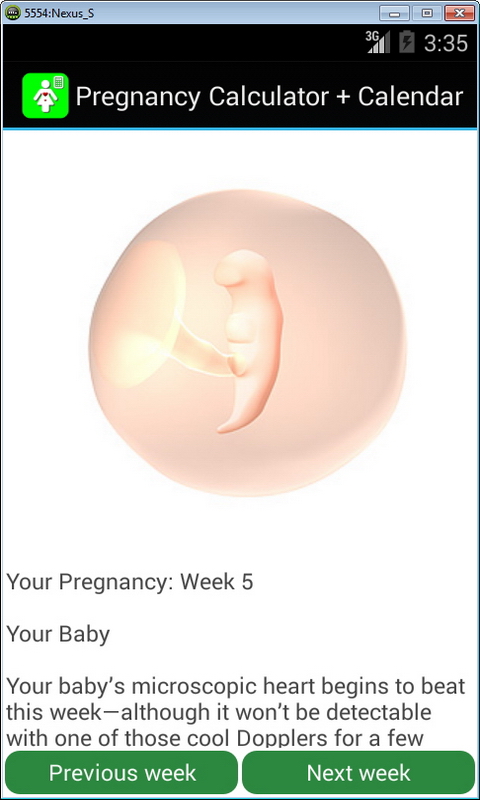Spot on forehead
Causes and how to get rid of them
There are many reasons for small bumps on the forehead. Although a person may not like the way they look or feel, they are often harmless.
People often associate forehead bumps with acne. However, there are several causes, such as milia, contact dermatitis, and folliculitis.
Forehead bumps are not usually serious, and there are many treatments to help remove them, depending on the cause.
This article explores common causes of small bumps on the forehead. We will also look at the potential home and medical treatments, and when a person should speak with a doctor.
Small bumps on the forehead can vary in appearance depending on their cause. They might be white or red and soft or firm.
These bumps may occur exclusively on the forehead, or they may also present on other body areas.
In some people, the bumps may:
- itch
- burn
- become sore
There are several causes of forehead bumps, including:
Milia
Milia, also known as milk spots, are small, pimple-like cysts that occur when dead skin cells build up underneath the skin. They tend to develop in clusters on the face, usually around the eyes, but they can also appear on the forehead.
They are typically:
- firm
- dome-shaped
- white or yellow in color
In some people, milia can develop for no reason. With others, injury, blistering, or burning might cause them. They also tend to be common in newborns.
Acne
Acne can cause spots and bumps anywhere on the body, including the forehead. It occurs when dead skin cells mix with the skin’s natural oils and clog pores.
Acne bumps may look like small whiteheads, blackheads, or larger cysts. There might be a few individual bumps, or they may appear in a cluster.
Folliculitis
Folliculitis is a skin infection that occurs when damaged hair follicles allow bacteria to get into the skin. A person can then develop an infection on most areas of the skin, including their forehead.
These spots will usually look like acne and may have red rings around them.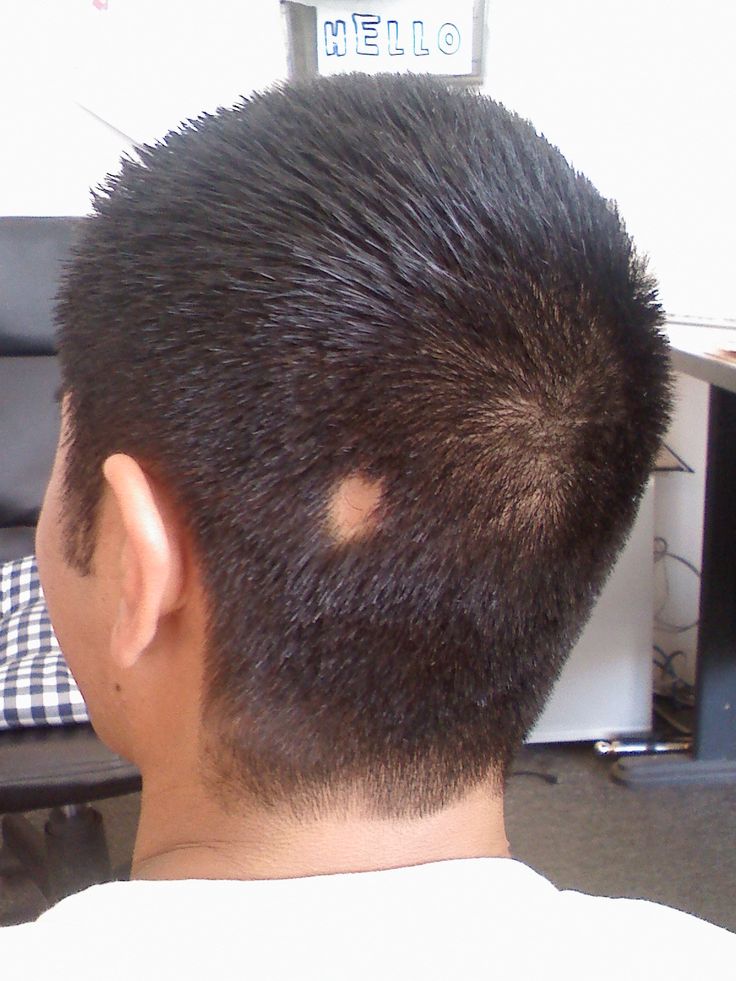 They may also be itchy or tender.
They may also be itchy or tender.
Contact dermatitis
Contact dermatitis occurs when the skin comes into contact with an irritating substance. This substance may damage the skin cells or trigger an allergic reaction.
This condition can cause the skin to become red or swollen, while small, red bumps and spots may appear. These spots may burn or itch.
Common causes of contact dermatitis on the face include certain types of skin care products. Medicines that people apply directly to the skin could also trigger a reaction.
Milia are usually harmless and may improve without treatment, although it may take several weeks.
Some over-the-counter (OTC) creams and lotions may help mild or moderate acne. Ingredients to look out for include:
Retinoids
Retinoids are a vitamin A treatment that helps skin cells grow and repair. Some cream, gel, and liquid skin care products contain retinoids.
Sometimes, products containing retinoids may cause side effects such as dryness, redness, and itching.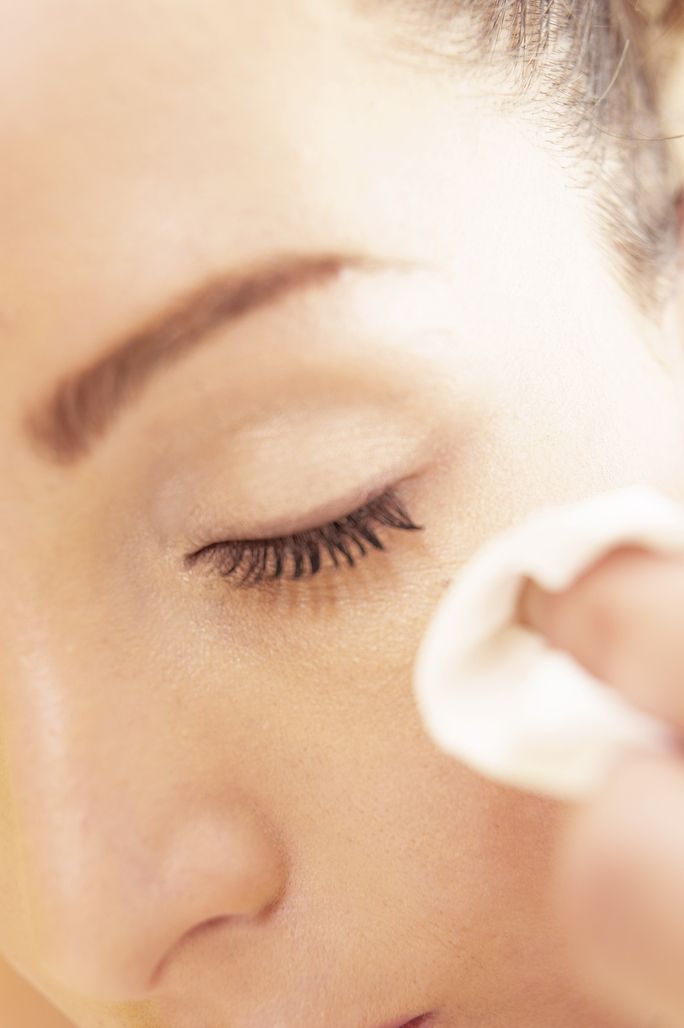
Salicylic acid
Salicylic acid may reduce swelling and redness and help unblock pores. However, it may take several weeks to work.
Some people using salicylic acid may experience side effects such as skin irritation or stinging.
Azelaic acid
Azelaic acid is a chemical that may reduce swelling and redness. However, it can sometimes change skin color in people with dark complexions.
Possible side effects of azelaic acid include:
- burning
- stinging
- itching
- tingling
- dryness
If milia do not improve, dermatologists may recommend tretinoin cream, a type of retinoid available as prescription medicine. However, it is not suitable for use during pregnancy.
According to the American Academy of Dermatology (AAD), doctors may also recommend prescription-strength retinoids or other acne treatments in severe cases. Other options might include antibiotics or steroid injections.
Oral contraceptives may help people with acne during their menstrual cycle.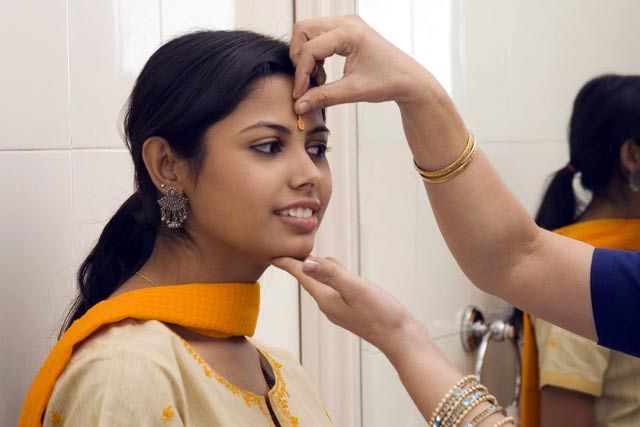
Doctors may also recommend a steroid cream for contact dermatitis. In more severe cases, they may prescribe a short course of steroid tablets or injections.
The following cosmetic procedures are available to treat forehead bumps. However, they are not suitable for pregnant people.
Cryotherapy
Sometimes, if milia do not improve, dermatologists might suggest cryotherapy. This technique involves freezing the skin to release the dead skin cells that comprise the milia. The procedure takes around 1–3 hours and may feel uncomfortable, with people typically needing 1–3 days of recovery time.
Photodynamic therapy
People with severe acne sometimes undergo photodynamic therapy, which uses light to destroy damaged skin cells. Doctors usually recommend this procedure for skin cancer, and it can take anything from 30 minutes to 18 hours.
Possible side effects of photodynamic therapy include:
- burning
- discoloration
- blisters
- scabs
Most people will experience dryness and sunburn in the affected area following treatment.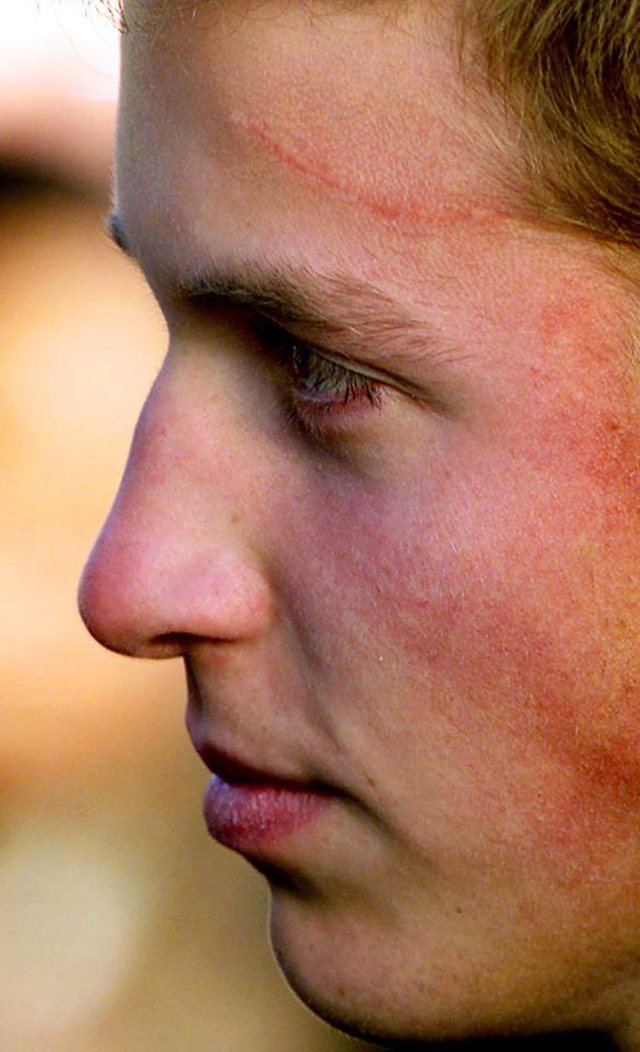 However, OTC medications may help alleviate the pain. Doctors advise people to stay out of the sun for 24–48 hours after photodynamic therapy.
However, OTC medications may help alleviate the pain. Doctors advise people to stay out of the sun for 24–48 hours after photodynamic therapy.
Chemical peels
Chemical peels are another option for acne. The procedure involves a dermatologist using a chemical solution to remove the top layers of skin.
People undergoing this procedure will usually have some redness afterward. Doctors advise people to stay out of the sun for a few days or weeks after a chemical peel.
Folliculitis usually gets better without treatment. However, applying a warm compress for 15–20 minutes, three to four times a day, may ease symptoms.
Sometimes, shaving, plucking, or waxing can cause folliculitis. In this case, experts recommend avoiding such activities for at least 30 days.
There are simple steps for people to help stop acne from getting worse or returning.
They can keep the skin clean to ensure pores do not become blocked.
The AAD also recommend washing and moisturizing every day after waking up, before going to bed, and after sweating, which eliminates dead skin cells that contribute to acne.
Items, such as pillowcases and hats, may transfer sweat on to the face, blocking the pores and making acne worse. A person should always use clean pillowcases, sweatbands, and headbands.
Most small forehead bumps, including milia, acne, and folliculitis, will go away without treatment. However, their symptoms may sometimes cause discomfort.
People should speak with a doctor if symptoms interfere with their everyday life.
A person should seek emergency medical care if a procedure or medical treatment triggers symptoms, such as:
- swelling of the face, throat, tongue, lips, or eyes
- trouble breathing or swallowing
- rash or hives
- dizziness
- confusion
- fatigue or extreme tiredness
- headache
- hearing loss
- buzzing or ringing in the ears
- fast breathing
- nausea or vomiting
- diarrhea
Various skin conditions may cause small bumps on the forehead. However, these bumps are usually harmless.
Maintaining healthy skin may help avoid many of the causes of forehead bumps. OTC and prescription medications and cosmetic procedures are available if these bumps do not improve without treatment.
If a person has concerns about their skin bumps or any related symptoms, they should speak with a doctor.
Face Mapping: What Do Your Spots Mean?
We are often left with spots that we have no explanation for. Sometimes we can tell that a hormonal breakout is coming if it coincides with our periods (read all about how your monthly cycle affects your skin here), but other times we can have breakouts in areas like our cheeks or forehead and we have no idea where they came from. This is often a sign that your body is trying to tell you something, since each area of the face is linked to something going on inside the crazy world of the human body.
We’ve broken it down below with a handy chart so you can see what’s causing your breakout and find ways to treat or stop it from happening again.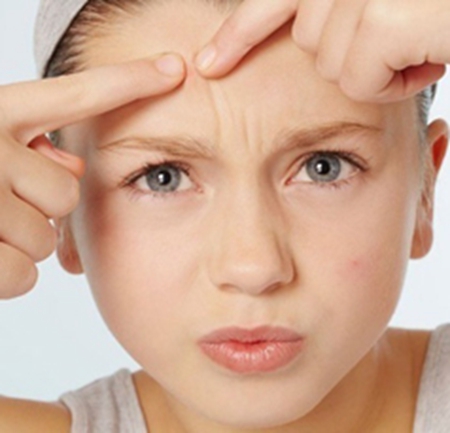
Forehead
The forehead is linked to your gut. So, if you’ve had a few decadent nights of booze and fast food then you’re more than likely to see a few whiteheads popping up on your forehead. These type of spots could also be found in the hairline, as gut inflammation can increase oil production in the hair follicles – leading to a buildup of bacteria and eventually, the dreaded blemish.
If you’ve had a weekend of indulgence then we would suggest drinking plenty of water and if an active social calendar is a regular thing for you, then you may want to consider taking supplements that support your gut health.
Cheeks
Similarly to the forehead, the cheeks are highly impacted by diets high in sugar. The saying ‘you are what you eat’ isn’t around for nothing. If you’re seeing regular breakouts on your cheeks then you may want to consider swapping artificial sugars for natural in the likes of fruit such as strawberries and raspberries (the berry group in general is pretty great for our body whilst providing that sweet fix).
To calm breakouts on the cheeks, use soothing masks and gentle exfoliants which help to reduce congestion.
Chin
The chin is directly linked to our hormones and means there’s really not too much we can do in order to prevent these monthly occurrences. If you have a regular cycle and know around about when your period is coming, then focus on your skincare regime for the few days before (you can read more about period skincare here). Whilst our hormones can make us reach for fatty comfort foods, try to focus on getting your five a day and avoiding salty food during this time of the month.
Try to keep the area as clean and oil free as you can, which means no touching! Use a face wash or treatment that contains to salicylic acid to reduce the blemishes.
Jawline
These breakouts can also be affected by the arrival of our period. However, getting spots around the jawline and ears can also be a sign that you’re not cleansing properly.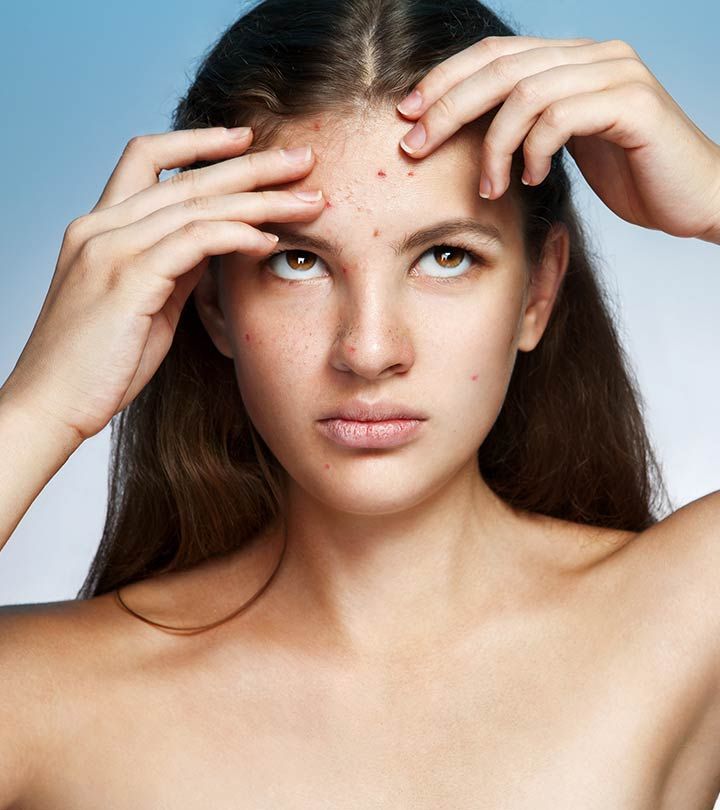 The face is a large area to cover and sometimes we can easily miss out on cleansing a small portion of that area. Make sure you’re double cleansing and using a toner to get rid of every speck of makeup and/or dirt that could be on the skin.
The face is a large area to cover and sometimes we can easily miss out on cleansing a small portion of that area. Make sure you’re double cleansing and using a toner to get rid of every speck of makeup and/or dirt that could be on the skin.
Check the chart
Nous n’avons pas encore traduit Edited, mais nous y travaillons ! Vous pouvez utiliser Google Traduction pour les lire dans votre langue préférée pour le moment, et gardez un œil sur nos prochaines annonces.
Merci!
We haven’t translated Edited yet – we’re working on it! Please use Google Translate to read in your preferred language for now, and keep an eye out for updates.
Thanks!
Wir haben Edited noch nicht übersetzt – aber wir arbeiten daran! Bis dahin benutze bitte Google Translate um es in der Sprache deiner Wahl zu lesen und halte die Augen auf nach Updates.
Danke
We haven’t translated Edited yet – we’re working on it! Please use Google Translate to read in your preferred language for now, and keep an eye out for updates.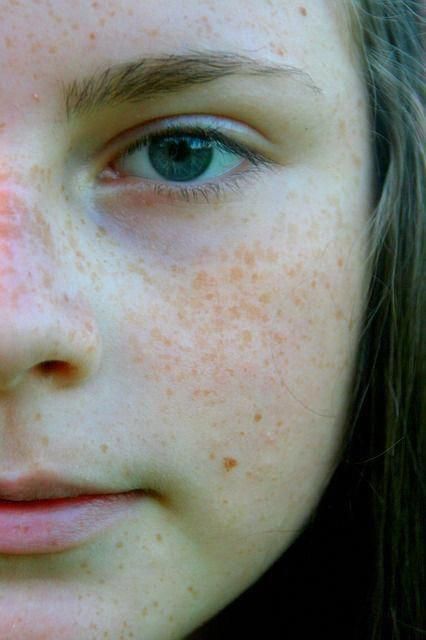
Thanks!
Todavía no hemos traducido «Edited». ¡Estamos trabajando en ello! Por ahora, puedes usar Google Translate para leer en tu idioma preferido, pero estate atenta por si hay novedades.
¡Gracias!
We haven’t translated Edited yet – we’re working on it! Please use Google Translate to read in your preferred language for now, and keep an eye out for updates.
Thanks!
How to get rid of age spots on the face
Contents
Causes of age spots on the face
How to remove age spots on the face at the cosmetologist
How to remove pigmentation on the face at home using cosmetics
Is it possible to remove age spots on the face folk remedies?
How to prevent the appearance of age spots?
What are age spots?
A cosmetic defect in the form of flat areas darker than the main skin area appears due to increased melanin synthesis in specific areas. Age spots can form at birth or develop throughout life.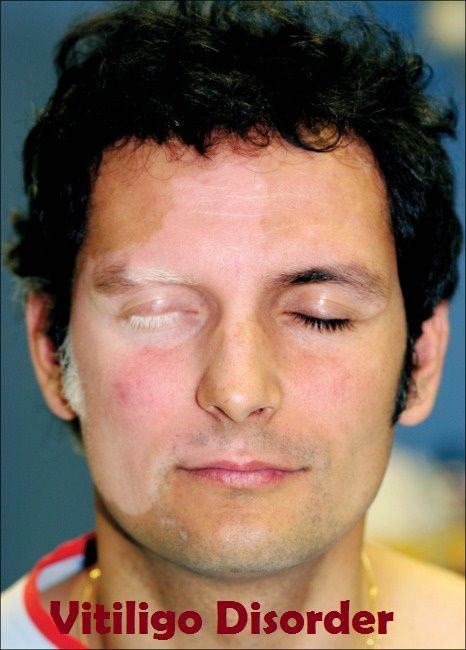 Elements are responsible for skin tone, each of which has its own function:
Elements are responsible for skin tone, each of which has its own function:
- melanin - protects against the negative effects of ultraviolet radiation, has antioxidant properties, participates in the elimination of the effects of stress, reduces the activity of free radicals;
- carotene - provides cell regeneration, slows down the aging process;
- hemoglobins - blue and oxyhemoglobin are intended for blood staining, are responsible for a healthy glow and natural skin color.
Increased pigmentation is the result of excess melanin. Most often, pigmentation is observed in the form of freckles, which are associated with a genetic factor or exposure to ultraviolet radiation.
Freckles are more common on the face, décolleté, back and forearms. Rarely do they cover their hands. They can be very small or merge into conglomerations, forming extensive areas of hyperpigmentation. Red-haired people with fair skin are prone to freckles. In winter, the spots become paler, in summer - brighter. They do not pose a health hazard, this is just a cosmetic flaw from the point of view of some people, and a "highlight" - according to others.
In winter, the spots become paler, in summer - brighter. They do not pose a health hazard, this is just a cosmetic flaw from the point of view of some people, and a "highlight" - according to others.
There are also other types of pigmentation, some of them are dangerous in terms of degeneration into malignant neoplasms:
- Nevi and birthmarks - uneven distribution of melanin in skin cells. The shade varies from light pink to dark brown. They do not pose a particular danger until they begin to change their structure. Birthmarks on the face, visible areas and areas subject to friction are best removed.
- Melasma, chloasma without sharply defined borders on the face, neck, shoulders. Associated with hormonal problems. Eliminated with the help of cosmetic procedures.
- Lentigo - age pigmentation, age spots. Most often they cover the upper part of the body. They are poorly masked by cosmetics, but it is possible to reduce their intensity with the help of salon procedures.
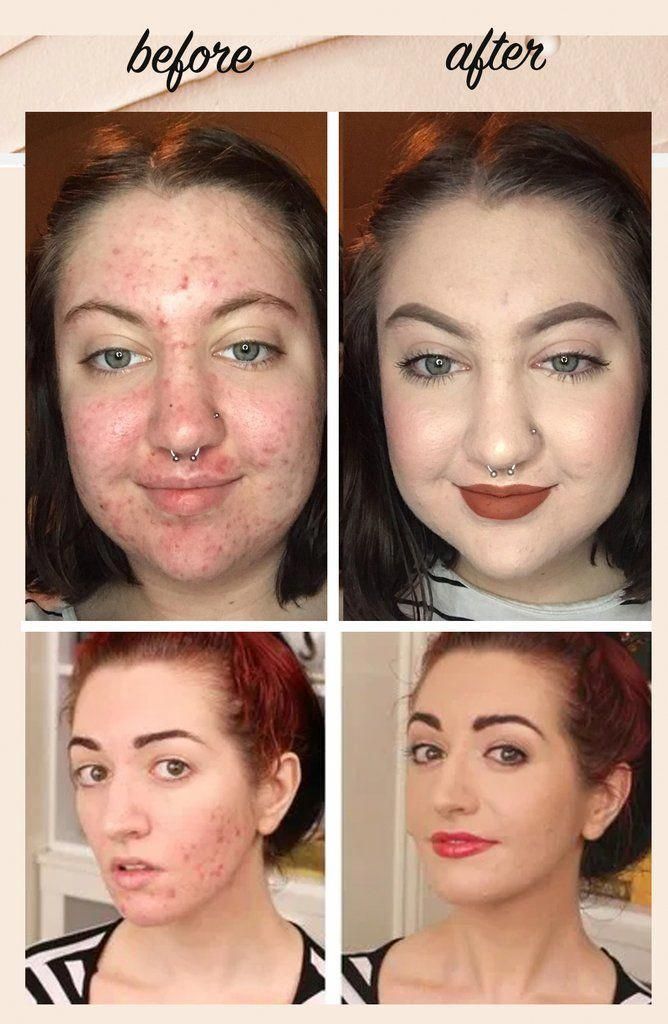
- Hypopigmentation includes vitiligo and albinism - discolored areas of the skin.
Pigmentation is dermal, forming in the deep layers of the epidermis. And epidermal, which affects the upper layers of the skin.
Causes of age spots on the face
A cosmetic defect occurs in women, men and even newborn children. There are several reasons for pigmentation:
- frequent and intense exposure to ultraviolet radiation on the skin - disrupts the structure of cells, inhibits regeneration, destroys collagen fibers;
- injury - scratches, abrasions, cuts, bruises can activate the production of melanin in a certain area;
- hormonal failure - during puberty, during pregnancy, menstruation, menopause;
- pathologies of internal organs - more often adrenal glands, liver, gallbladder and thyroid gland;
- skin disorders, especially acne;
- taking certain drugs with photosensitivity effect;
- circulatory disorders in limbs;
- diseases of the reproductive system;
- infections, viruses, bacteria, fungal pathologies;
- heredity.
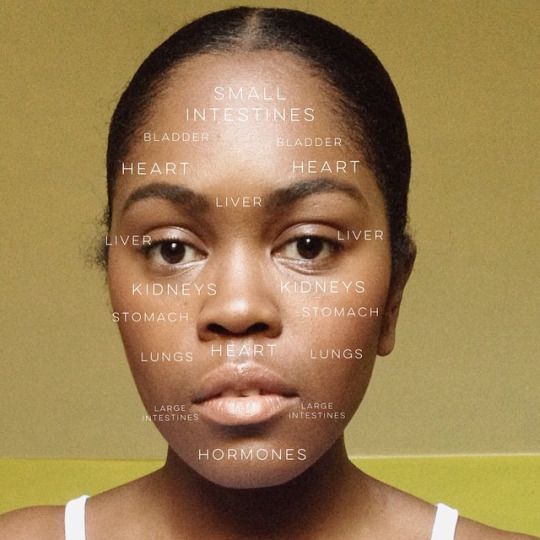
In newborns, age spots may appear due to the difficulties of delivery of the mother. Most of them pass on their own in the first year of life, but all formations require control.
How to remove age spots on the face at a beautician
Aesthetic medicine provides a variety of techniques for removing a defect. But before determining the method of influencing the pigment spot, the cosmetologist must conduct an examination. Consultations of specialized doctors may be required: endocrinologist, gynecologist, dermatologist, venereologist. Techniques for removing age spots in specialized institutions:
- chemical exfoliation (peeling) with preparations based on fruit acids - activates metabolic processes, cleanses the skin, evenly discolors spots, restores velvety;
- photorejuvenation - pigmentation brightness reduction, cell regeneration, brightening effect;
- microdermabrasion - soft resurfacing of the surface layer of the skin, evens and brightens the tone, improves microcirculation;
- cryotherapy - exposure to cold through liquid nitrogen, more applicable to eliminate nevi and severe pigmentation;
- mesotherapy - injection method of lightening with preparations containing peptides;
- Laser Therapy is a painless procedure for removing pigmentation, suitable for treating large areas and stains of intense color.
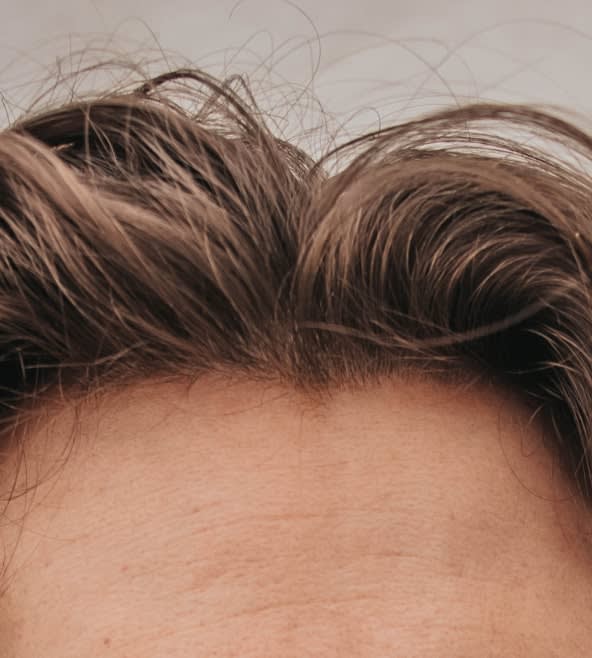
Any cosmetic technique requires the preparation and implementation of the rules of care after manipulation. In some cases, one procedure is enough, in others - from 3 to 5 sessions are required.
How to remove pigmentation on the face at home using cosmetics
If the spots do not differ in intensity and do not occupy large areas, you can make them lighter on your own. Pharmaceutical products and skin care cosmetics are suitable for this:
- Hydroquinone, lavender oil, hydrogen peroxide, resorcinol have an exfoliating and keratolic effect.
- Mild fruit acids are good for bleaching stains, which can be used at home. This is citric, ascorbic, lactic acid of low concentration. These products are also suitable for preparing for a salon chemical peel.
- Brightening cosmetic formulations marked Anti-Pigment. Creams, lotions and serums containing azelaine, kojic acid, vitamin C.
Any remedy can be used only after testing for a possible allergy.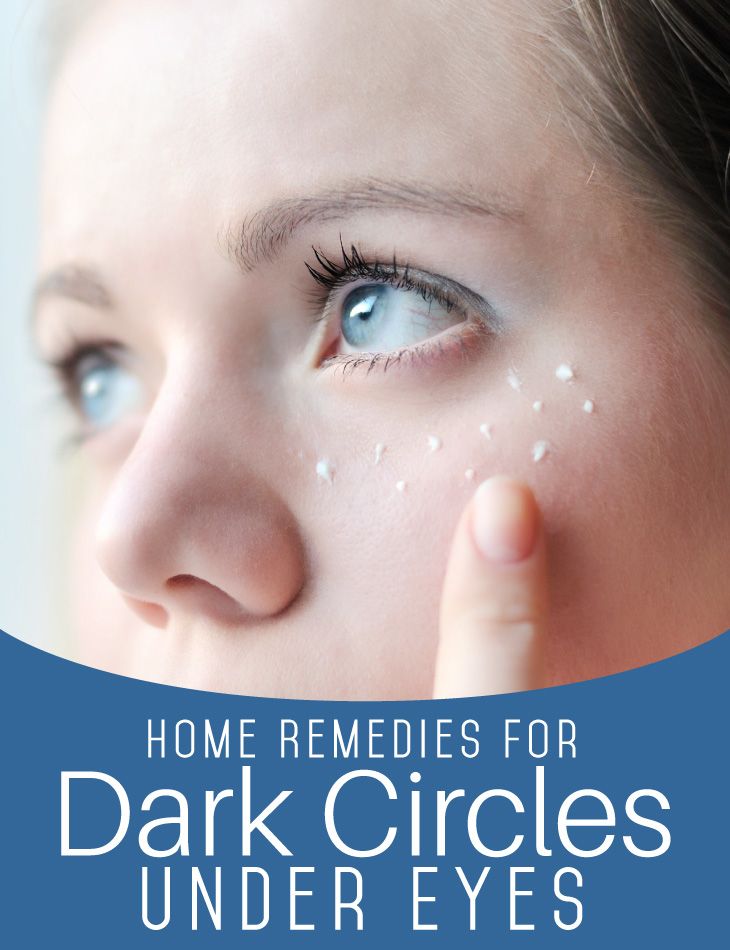 If the body perceives the composition calmly, without a negative reaction, you can proceed to the procedures according to the instructions for the drug.
If the body perceives the composition calmly, without a negative reaction, you can proceed to the procedures according to the instructions for the drug.
Is it possible to remove age spots on the face with folk remedies?
If the pigmentation is very pronounced, only a professional cosmetologist will help get rid of it. Small, dim spots, freckles brighten well with the help of components that are always at hand:
- lemon;
- parsley extract;
- cottage cheese, whey and curdled milk;
- cucumber;
- potatoes;
- buckwheat and oat flour;
- apple cider vinegar;
- aloe vera;
- cosmetic clay;
- milk;
- strong green tea infusion;
- licorice extract, orchid and so on.
Components can be mixed, pharmacy products, vitamins can be added. Be sure to take care of moisturizing and softening the skin after the whitening procedure.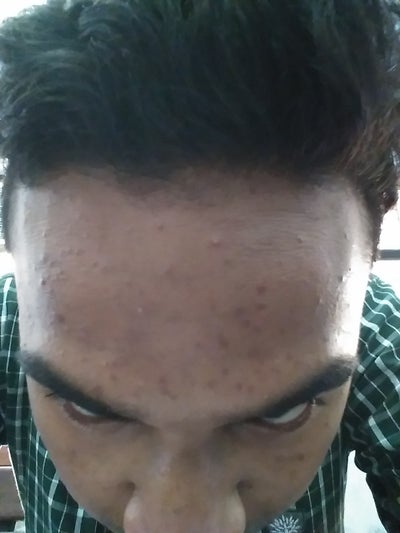
How to prevent the appearance of age spots?
If the cause of pigmentation is not a hereditary factor, a cosmetic flaw can be avoided. Preventive measures:
- do not start diseases of the internal organs - it is obligatory to undergo scheduled medical examinations twice a year;
- do not get carried away with tanning - both in the sun and in a solarium;
- take care of skin protection - go outside in winter, after applying a cream with SPF 30, in summer the figure should be 50;
- correctly choose skincare products to maintain a beautiful and even skin tone;
- observe the drinking regime - do not let the skin dry out;
- monitor hygiene, prevent the development of acne, the formation of comedones;
- control hormonal levels.
It is also important to take care of prevention long before the wilting period. The sooner sufficient attention is paid to care and protection, the later the skin will undergo age-related changes. Age spots are a phenomenon that can and should be dealt with. Do not give up, if home procedures have not brought results, you can always seek help from a beautician.
Age spots are a phenomenon that can and should be dealt with. Do not give up, if home procedures have not brought results, you can always seek help from a beautician.
Causes of skin pigmentation
Contents
- What are pigment spots
- Types of pigment spots on the face
- Causes of pigment spots on the face
- Who to contact and how to fight
- Prevention of hyperpigmentation
- Pigmentation at home
What are age spots
Age spots are dark areas of the skin. They can be lighter or darker, single or multiple, large or small. And all of them are the result of the accumulation of melanin pigment. Why is it starting to pile up?
Uneven pigmentation is often regarded as an age-related phenomenon. This is not entirely fair. Lovely freckles on children's and young faces are also age spots.
“Due to exposure of the skin to UV radiation, ozone and poor ecology, significant changes form in the epidermis. Melanocytes increase in size, starting to synthesize more melanin pigment. Examples of such disorders are freckles, melasma, lentigo, post-traumatic hyperpigmentation, etc.”
Melanocytes increase in size, starting to synthesize more melanin pigment. Examples of such disorders are freckles, melasma, lentigo, post-traumatic hyperpigmentation, etc.”
The tendency to hyperpigmentation is usually associated with a phototype. Do you know your phototype?
© Getty Images
Take the test
-
With phototypes I-III , freckles are quite common. They arise in childhood and become the eternal companions of a person: they appear during the season of solar activity and disappear when the intensity of UV radiation decreases. The bad news is that, over time, freckles can grow in both size and number and become “senior class,” becoming persistent pigment spots on the skin – age-related lentigo.
-
Phototypes IV-VI rarely have freckles, but there is a tendency to age-related dark pigment spots, as well as post-inflammatory hyperpigmentation.
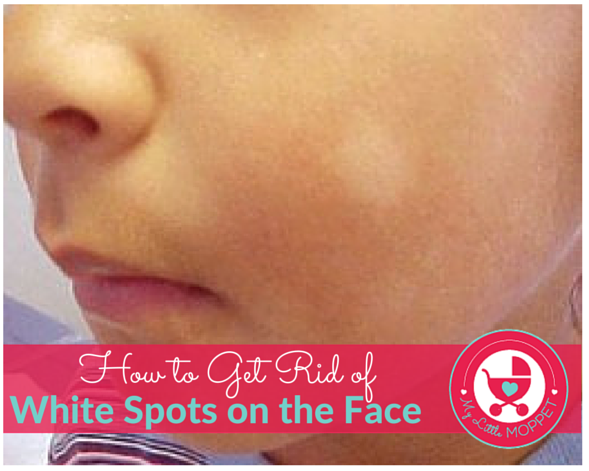
Back to the Table of Contents
Types of age spots on the face
The classification of age spots is based on such parameters as color, size, shape, durability.
Freckles (ephelids)
Everyone knows what freckles look like: round, small (1-2 mm), color varies from yellow to red, appear and darken in the sun, often seasonal.
Lentigo (solar lentigo)
What do these age spots look like and how can they be distinguished from freckles? They are larger, oval, 2-20 mm in diameter. Placed where the skin is most exposed to UV rays:
-
person;
-
hands;
-
neckline.
Pigmentation is uniform but persistent and does not go away on its own. Lentigos are also referred to as "senile" spots and are often localized where freckles were in younger years.
"Solar lentigo - skin pigmentation caused by exposure to ultraviolet radiation, more often occurs on sun-exposed areas of the skin at a more mature age.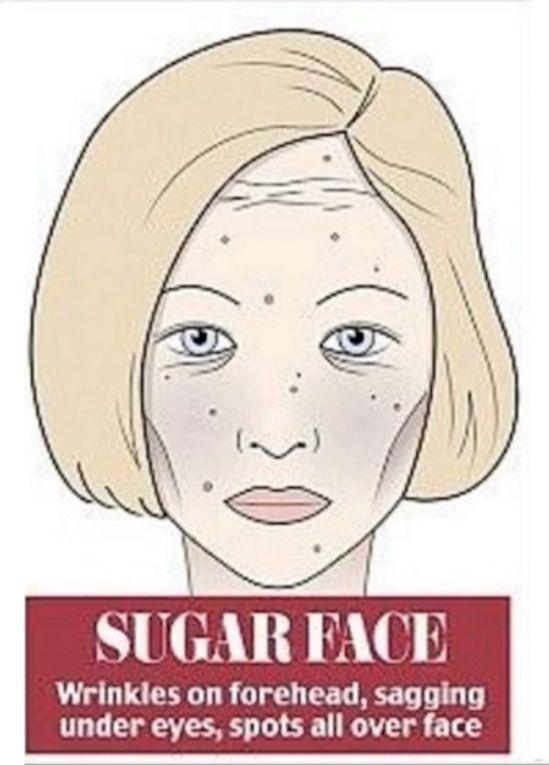 About 75% of people over the age of 60 have at least one patch of solar lentigo."
About 75% of people over the age of 60 have at least one patch of solar lentigo."
Melasma (chloasma)
Large brown shapeless pigmented spots appear on the face (forehead, cheekbones, temples) and "multiply" under the influence of UV. Often occur against the background of hormonal changes. If they arose against the background of pregnancy, lactation, then most likely they will disappear when the hormonal background returns to normal.
Post-inflammatory hyperpigmentation
Residual pigmentation at the site of the inflammatory process. For example, post-acne spots. Also, darkening may appear after cosmetic procedures that have violated the integrity of the skin, if you do not follow the recommendations for care and protection from the sun after the procedure.
Back to the Table of Contents
Reasons for the appearance of age spots on the face
Why do some people get age spots on the face, while others do not? Because we react differently to the same external and internal causes.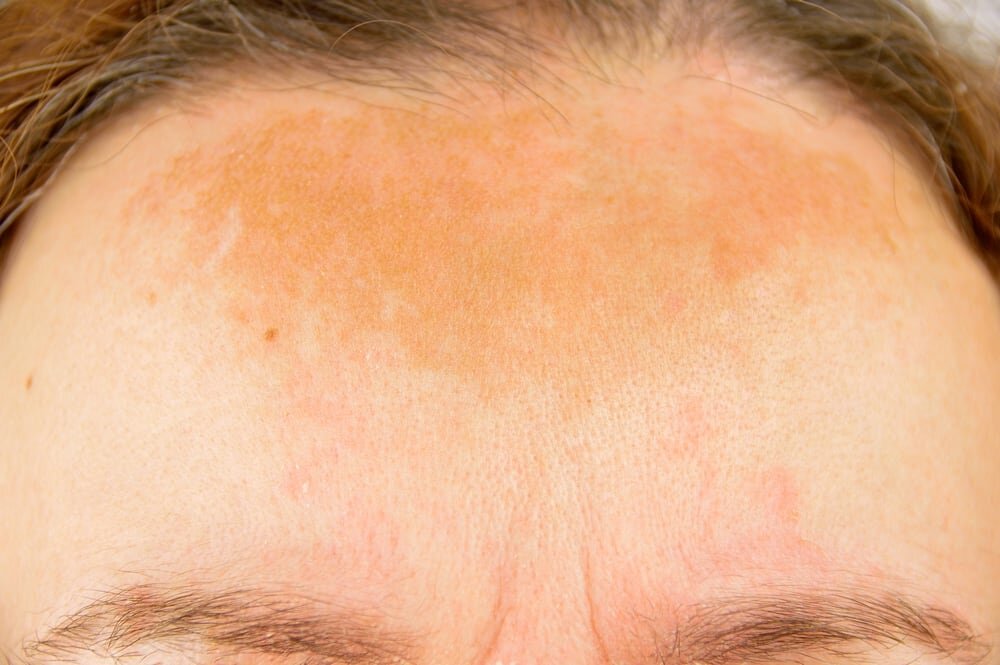
Get personalized anti-aging skin diagnostics based on artificial intelligence and choose the best care!
Solar radiation
The main provocateur of the formation of age spots is the sun. And even with a genetic predisposition or hormonal failure, it is ultraviolet that will become a trigger, acting as an aggressor, forcing cells to defend themselves and intensively produce pigment - it goes exactly to the places of damage.
Ultraviolet causes hyperpigmentation © Getty Images
Unfortunately, photodamages tend to accumulate, and eventually there comes a critical moment when melanin is deposited unevenly on the skin. Quite naturally, pigmentation is characteristic of areas that have been more and more exposed to insolation during life: the nose, cheekbones, forehead - that is, the most “outstanding” parts of the face. As well as hands, cleavage, neck…
Bad ecology
Environmental pollution: smog, dust, polluted air provoke oxidative stress that damages the skin at the cell level.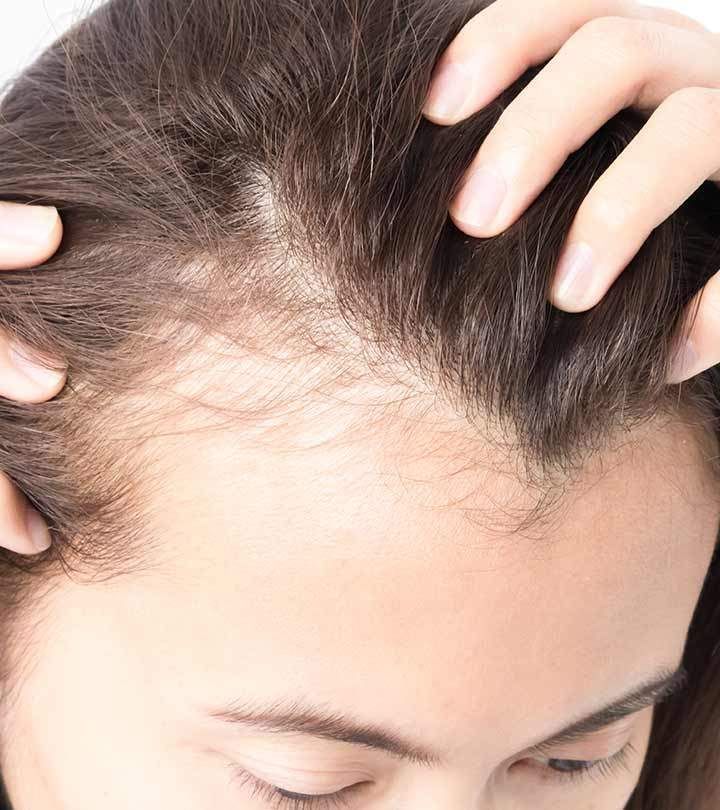 The result - the skin barrier weakens and the recovery processes in the cells are already going according to a different scenario.
The result - the skin barrier weakens and the recovery processes in the cells are already going according to a different scenario.
Genetics
According to Brazilian dermatologists, more than 40% of patients suffering from melasma have a family history of this problem.
If you have a hereditary tendency to hyperpigmentation, you should protect your skin from the active sun from an early age with sunscreens with a high SPF.
Find the perfect city sunscreen for you with our test.
© Getty Images
Get tested
Hormones
Pigmentation often accompanies pregnancy and lactation. When the body returns to normal, age spots usually disappear.
Inflammations
Pigmentation often appears at the site of the inflammatory process: in areas of scars and wounds, after acne with deep inflammatory elements, due to self-treatment of acne and self-removal (squeezing) of pimples.
Cosmetic procedures
Hyperpigmentation may be a consequence of cosmetic procedures.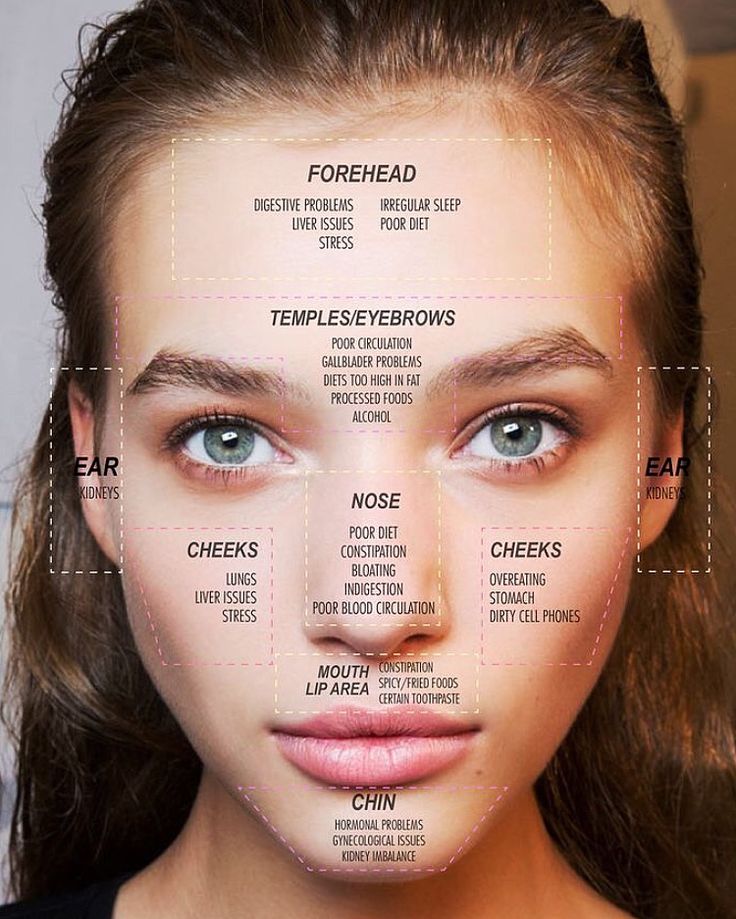
“Everything that breaks the integrity of the epidermal barrier - wounds, burns, abrasions - often causes pigment spots, because melanin synthesis increases in response to damage. Therefore, cosmetic procedures such as chemical peels and dermabrasion are not recommended during the period of solar activity, and during the course and for the first time after its completion, it is necessary to apply cream with SPF50.
Health
Hyperpigmentation may indicate problems with the digestive system, gynecology, endocrine system. In such cases, combined measures will be required: cosmetology plus treatment of the underlying disease.
Back to the table of contents
Who to contact and how to deal with
It is quite difficult to “remove” persistent age spots (whatever the reasons) without the participation of a qualified specialist. This process is not easy, requiring a responsible attitude to the skin, since many effective cosmetic methods are quite aggressive in themselves and imply strict adherence to the care rules prescribed by the specialist.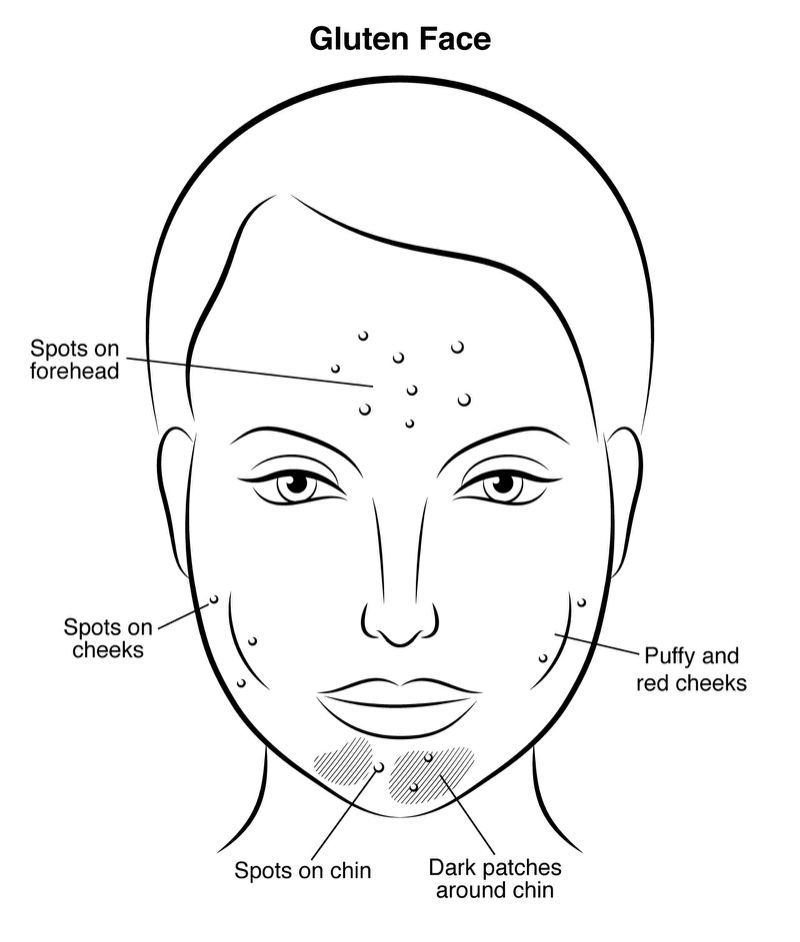
Phototherapy - an effective hardware treatment against age spots © Getty Images
Hyperpigmentation strategy includes home care and treatments.
Cosmetics
Anti-pigmentation cosmetics are mainly aimed at exfoliating the surface layer of the epidermis, skin renewal, smoothing its tone with the help of acids, vitamin C, retinol. We will give specific examples.
Cosmetology
To summarize, there are two main methods of dealing with facial skin pigmentation: locally destroy melanin “islands” or exfoliate the skin and renew it.
-
Phototherapy
The pigment is destroyed under the influence of pulsed light, which is directed selectively - only on the accumulation of melanocytes. Read.
-
Selective laser
Laser with an ultrashort pulse, like a sniper, finds cells with a high content of melanin and destroys it.
-
Laser resurfacing
The upper layers of the epidermis are removed, triggering a regenerative reaction of the skin and its renewal.
 Details here.
Details here. -
Chemical Peeling
A course of peels with glycolic acid in combination with TCA, as well as retinol peeling, is effective.
Back to the top
Prevention of hyperpigmentation
No better prevention has yet been invented than UV protection. To summarize and not go into details, we can say that age spots are the “children” of the sun. German dermatologists note that with a tendency to hyperpigmentation, it is very important to minimize the influence of both natural and artificial ultraviolet radiation, and compensate for a possible vitamin D deficiency by taking an appropriate supplement.
So, if you have a reason to be afraid of hyperpigmentation, use sunscreen every day, even when it's cloudy. Neither clouds nor window panes protect against UVA rays that cause photoaging.
Choose from broad spectrum filters, antioxidants and textures to suit your skin type.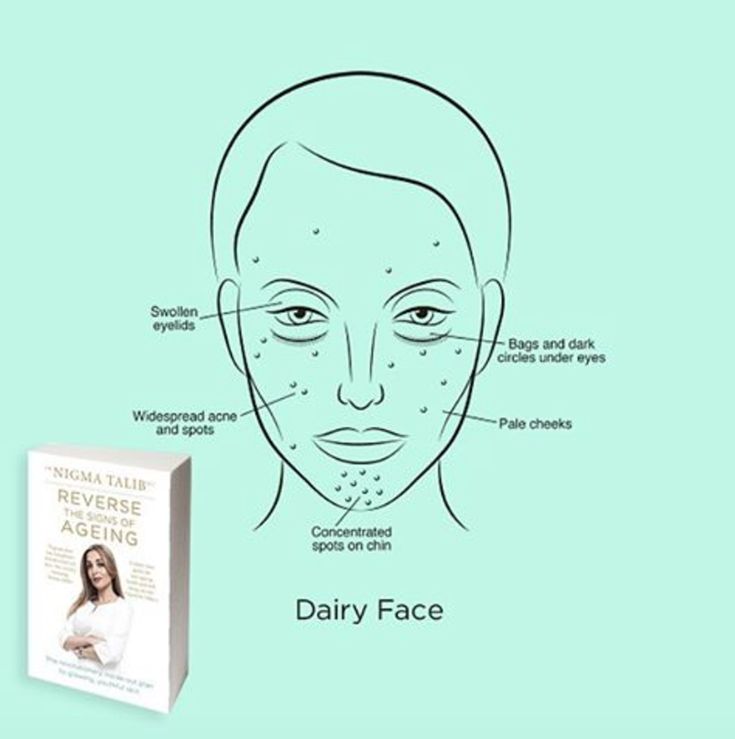 Skin.ru recommends:
Skin.ru recommends:
Ambre Solaire Expert Protection Face Cream, SPF 50+, Garnier
Suitable for sensitive skin, contains glycerin for a moisturizing effect.
Brightening UV Defense Lightweight Sunscreen, SPF 30, SkinCeuticals
Contains a special complex to prevent the appearance of solar hyperpigmentation.
Anthelios Sun Tinting Fluid for Face & Eyes SPF 50+, La Roche-Posay
A lightweight, even-toned complexion with high protection and Intelimer Technology for even coverage. More details in this article.
Return to TOP
Pigmentation at home
Home skin care includes creams and serums, the action of which is aimed at correcting pigmentation and skin renewal.
Advanced Pigment Corrector, SkinCeuticals
Contains a complex of multidirectional acids that not only promotes skin renewal, but also helps correct hyperpigmentation. Can be applied locally.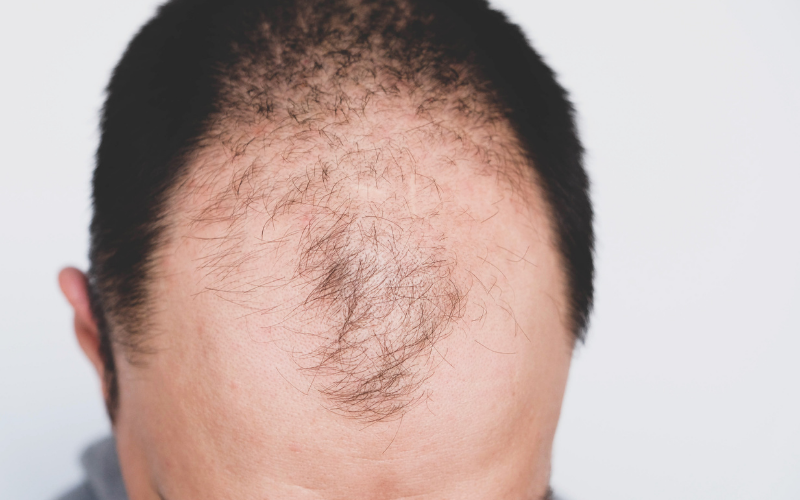
Clearly Corrective Dark Spot Solution, Kiehl's
Reduces the appearance of age spots. Ingredients: peony and birch extracts, as well as vitamin C, to even out skin tone.
Revitalift Laser x3 peeling serum in ampoules, L'Oréal Paris
Renews skin cells due to the content of 10% glycolic acid in the composition and thus fights pigment spots on the face.
Night peeling serum in ampoules LiftActiv Specialist Glyco-C, Vichy
Glycolic acid, citric acid, vitamin C - this trinity actively fights age spots, promotes skin renewal and gives radiance.
Re-Plasty Laserist Radiance Cream Serum, Helena Rubinstein
Instant skin radiance and anti-pigmentation cream on a daily basis.
Antioxidant skin renewal serum Vitamin C10 Serum, La Roche-Posay
Gives radiance, evens out the surface and tone of the skin, promotes its renewal due to the content of salicylic acid in the composition, and vitamin C, as a powerful antioxidant, protects epidermal cells from the influence of external negative factors.